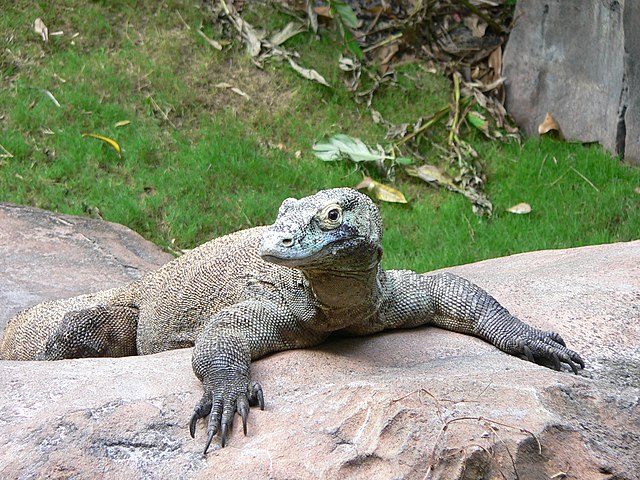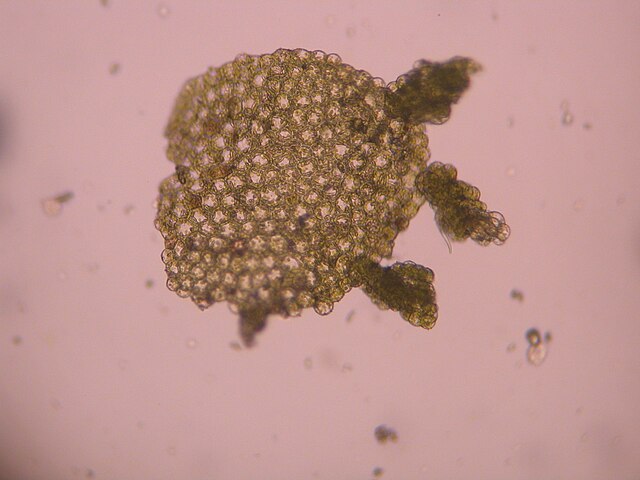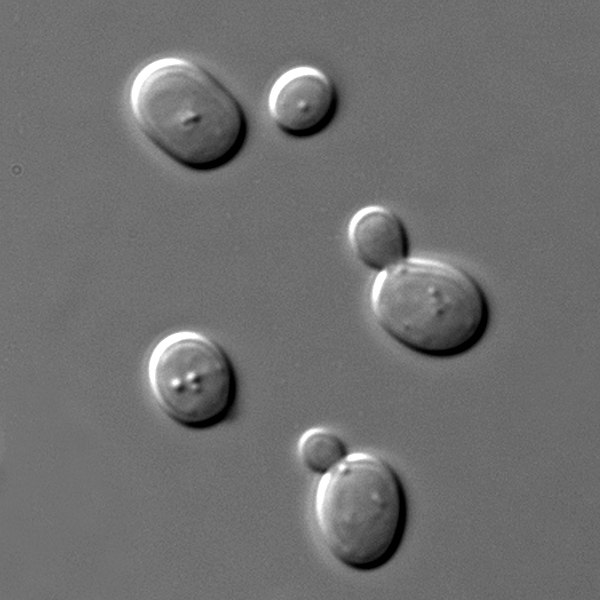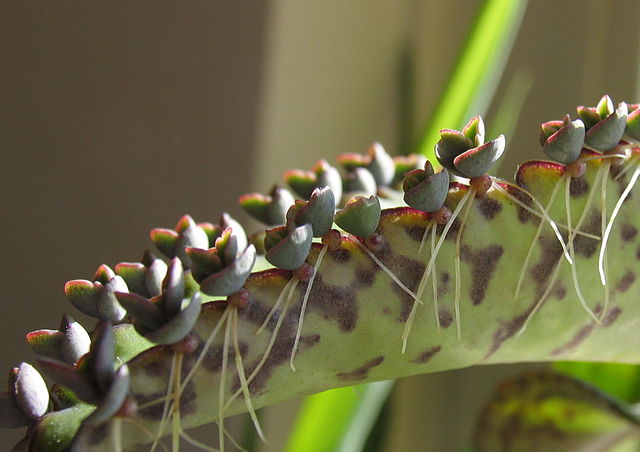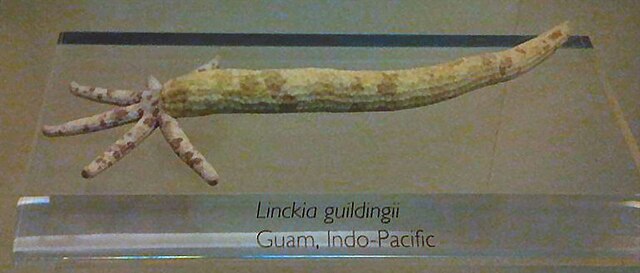Parthenogenesis
is a natural form of asexual reproduction in which growth and development of an embryo occur directly from an egg, without need for fertilization.
In animals, parthenogenesis means development of an embryo from an unfertilized egg cell. In plants, parthenogenesis is a component process of apomixis. In algae, parthenogenesis can mean the development of an embryo from either an individual sperm or an individual egg.
The asexual, all-female whiptail species Aspidoscelis neomexicanus (center), which reproduces via parthenogenesis, is shown flanked by two sexual species having males, A. inornatus (left) and A. tigris (right), which naturally hybridized to form A. neomexicanus.
A young Komodo dragon, Varanus komodoensis, produced through parthenogenesis. Komodo dragons are an example of a species which can produce offspring both through sexual reproduction and parthenogenesis.
Honey bee on a plum blossom
Komodo dragon, Varanus komodoensis, rarely reproduces offspring via parthenogenesis.
Asexual reproduction is a type of reproduction that does not involve the fusion of gametes or change in the number of chromosomes. The offspring that arise by asexual reproduction from either unicellular or multicellular organisms inherit the full set of genes of their single parent and thus the newly created individual is genetically and physically similar to the parent or an exact clone of the parent. Asexual reproduction is the primary form of reproduction for single-celled organisms such as archaea and bacteria. Many eukaryotic organisms including plants, animals, and fungi can also reproduce asexually. In vertebrates, the most common form of asexual reproduction is parthenogenesis, which is typically used as an alternative to sexual reproduction in times when reproductive opportunities are limited. Komodo dragons and some monitor lizards can reproduce asexually.
Asexual reproduction in liverworts: a caducous phylloid germinating
The yeast Saccharomyces cerevisiae reproducing by budding
Vegetative plantlets of mother-of-thousands, Bryophyllum daigremontianum (Kalanchoe daigremontiana)
Linckia guildingi "comet", a starfish regrowing from a single arm




